Emergence of Smart Cities
The concept of smart cities is gaining traction in the US, significantly impacting the integrated telecom-infrastructure market. As urban areas evolve to incorporate advanced technologies, the demand for integrated telecom solutions that support smart infrastructure is increasing. Smart cities utilize IoT devices, data analytics, and real-time communication to enhance urban living, improve public services, and optimize resource management. This transformation necessitates a robust telecom infrastructure capable of handling vast amounts of data and ensuring seamless connectivity. Reports indicate that investments in smart city projects could exceed $1 trillion by 2025, underscoring the potential for growth in the integrated telecom-infrastructure market as cities strive to become more efficient and sustainable.
Government Initiatives and Funding
Government initiatives aimed at enhancing telecommunications infrastructure are playing a pivotal role in the integrated telecom-infrastructure market. Federal and state programs are increasingly allocating funds to improve broadband access in underserved areas, with investments reaching billions of dollars. For instance, the Federal Communications Commission (FCC) has implemented various programs to promote the deployment of high-speed internet in rural regions. These initiatives not only aim to bridge the digital divide but also stimulate economic growth by enabling businesses to thrive in previously disconnected areas. Consequently, the influx of government funding is likely to accelerate the development of integrated telecom infrastructure, fostering a more connected society.
Increased Focus on Network Resilience
In an era marked by rapid technological advancements, The integrated telecom-infrastructure market is witnessing a heightened focus on network resilience. This focus is essential as businesses and consumers depend more on digital connectivity. As businesses and consumers depend more on digital connectivity, the need for reliable and secure networks has become paramount. Disruptions caused by natural disasters, cyber threats, or technical failures can have severe repercussions. Consequently, telecom providers are prioritizing investments in infrastructure that enhances redundancy and disaster recovery capabilities. This trend is likely to drive innovation in network design and management, ensuring that integrated telecom systems can withstand various challenges while maintaining service continuity. The emphasis on resilience is expected to shape the future landscape of the integrated telecom-infrastructure market.
Rising Demand for High-Speed Connectivity
The integrated telecom-infrastructure market is experiencing a surge in demand for high-speed connectivity. This demand is driven by the increasing reliance on digital services across various sectors. Businesses and consumers alike are seeking faster internet speeds to support activities such as remote work, online education, and streaming services. According to recent data, approximately 80% of households in the US now require broadband access, highlighting the critical need for robust telecom infrastructure. This demand is further fueled by the expansion of 5G networks, which promise to deliver enhanced speed and lower latency. As a result, telecom providers are investing heavily in upgrading their infrastructure to meet these expectations, thereby propelling growth in the integrated telecom-infrastructure market.
Growing Adoption of Artificial Intelligence
The integration of artificial intelligence (AI) technologies into telecom infrastructure is emerging as a transformative driver in the integrated telecom-infrastructure market. AI applications are being utilized to optimize network performance, enhance customer service, and streamline operations. For instance, predictive analytics powered by AI can identify potential network issues before they escalate, allowing for proactive maintenance. Additionally, AI-driven chatbots are improving customer interactions by providing instant support. As telecom companies increasingly recognize the benefits of AI, investments in these technologies are expected to rise significantly. This trend not only enhances operational efficiency but also positions the integrated telecom-infrastructure market for sustained growth in the coming years.


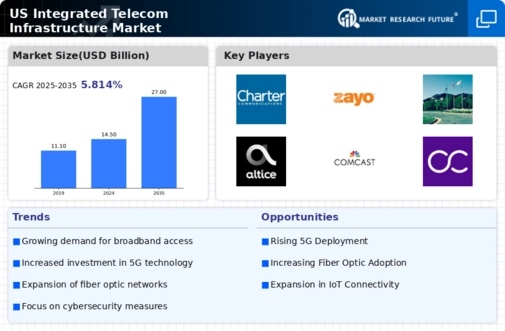
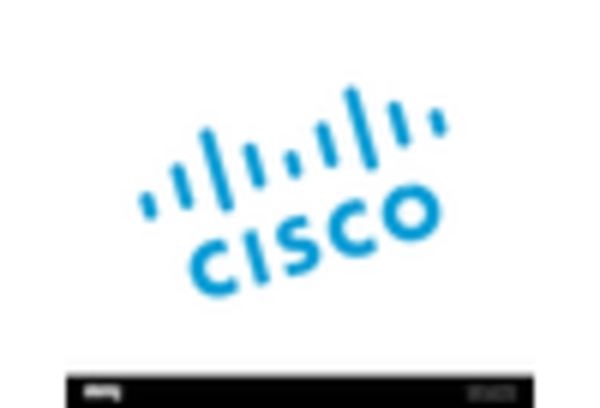
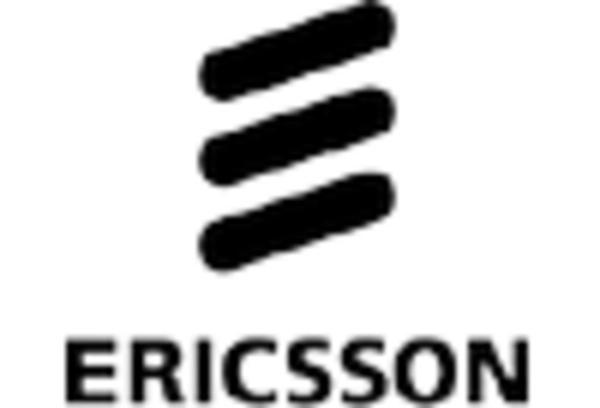
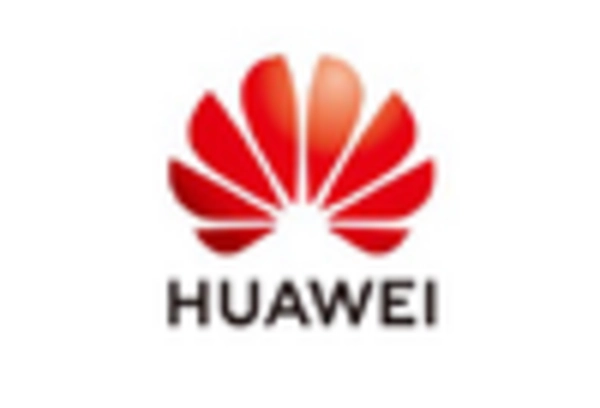

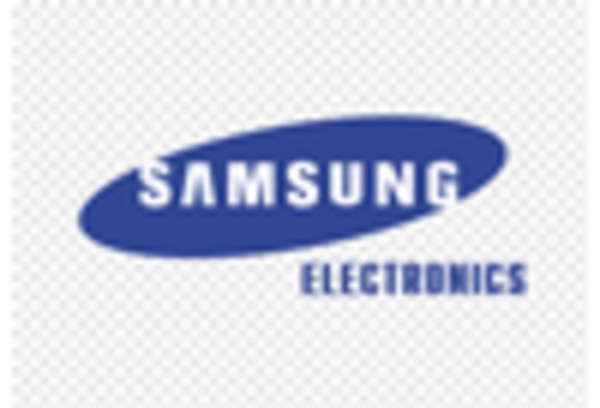
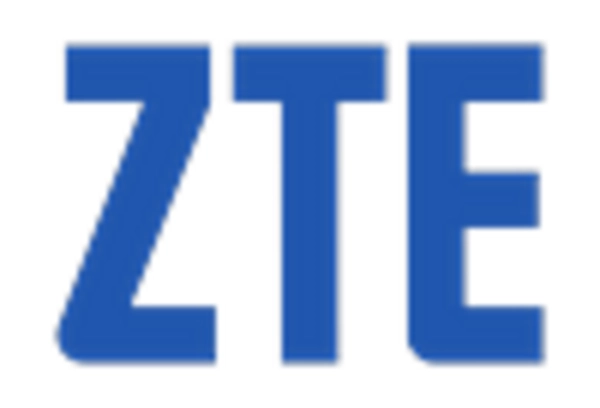








Leave a Comment